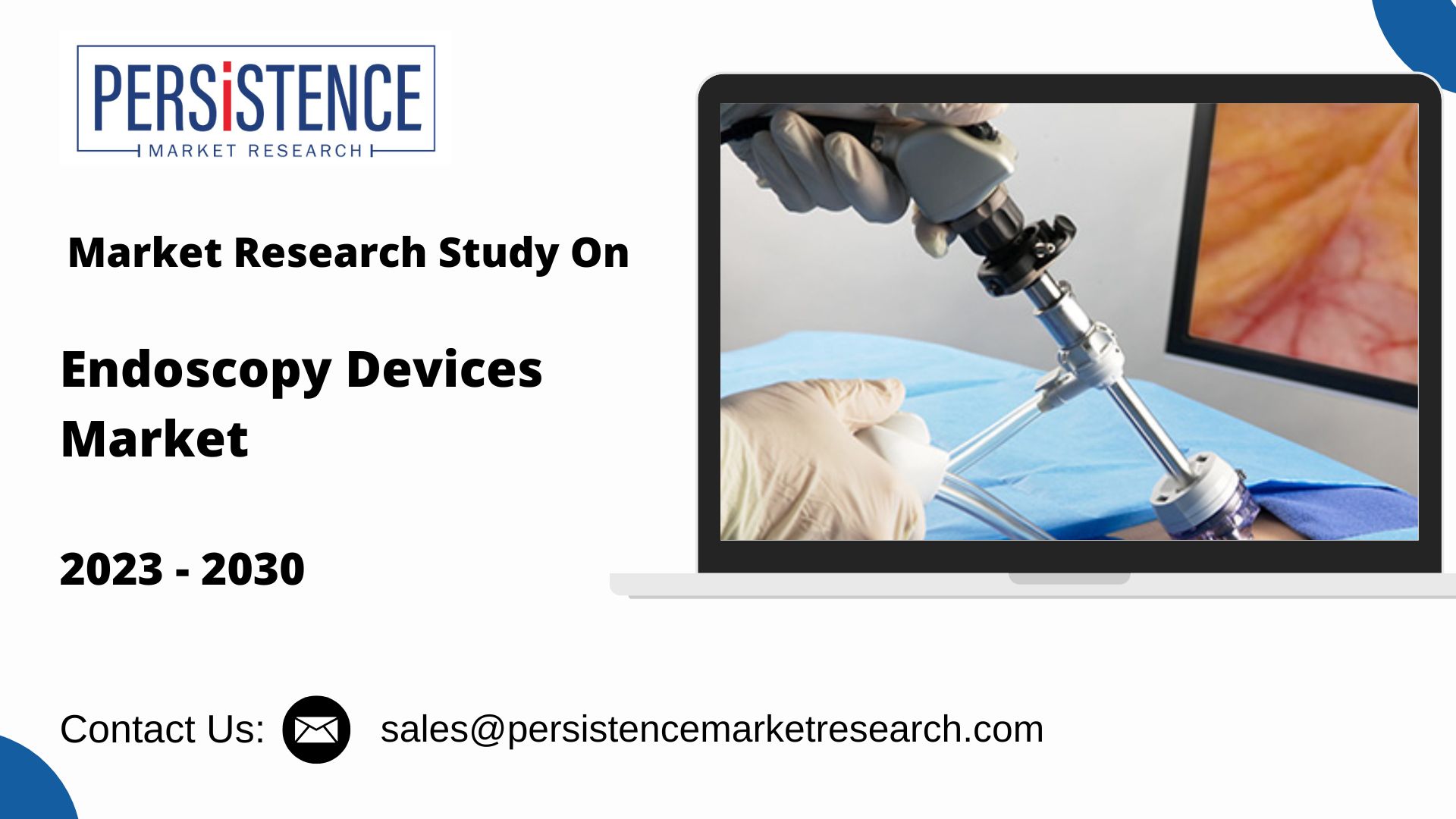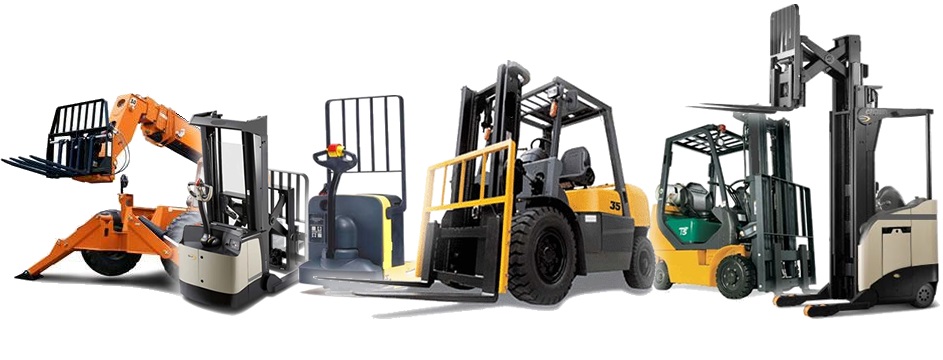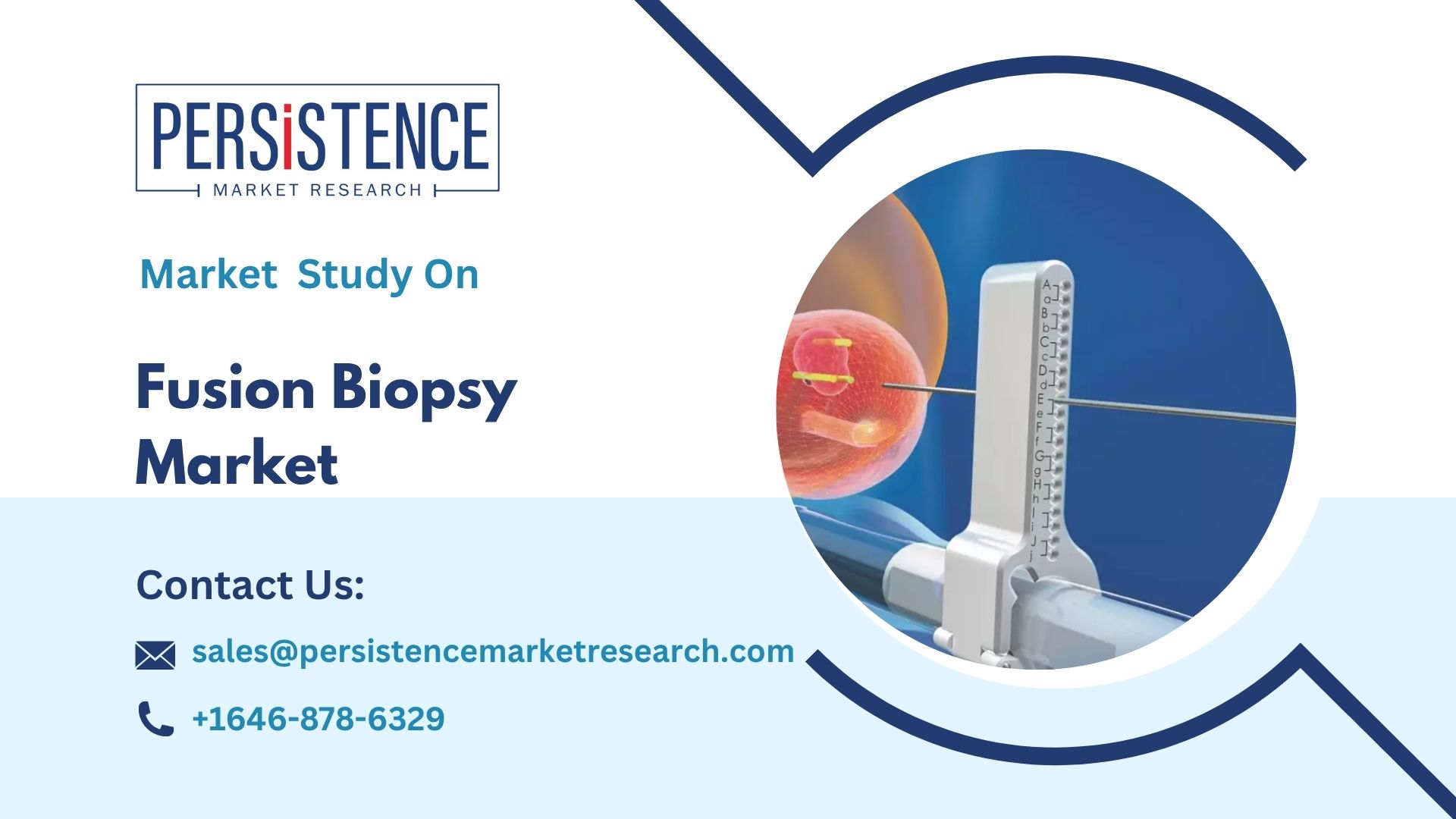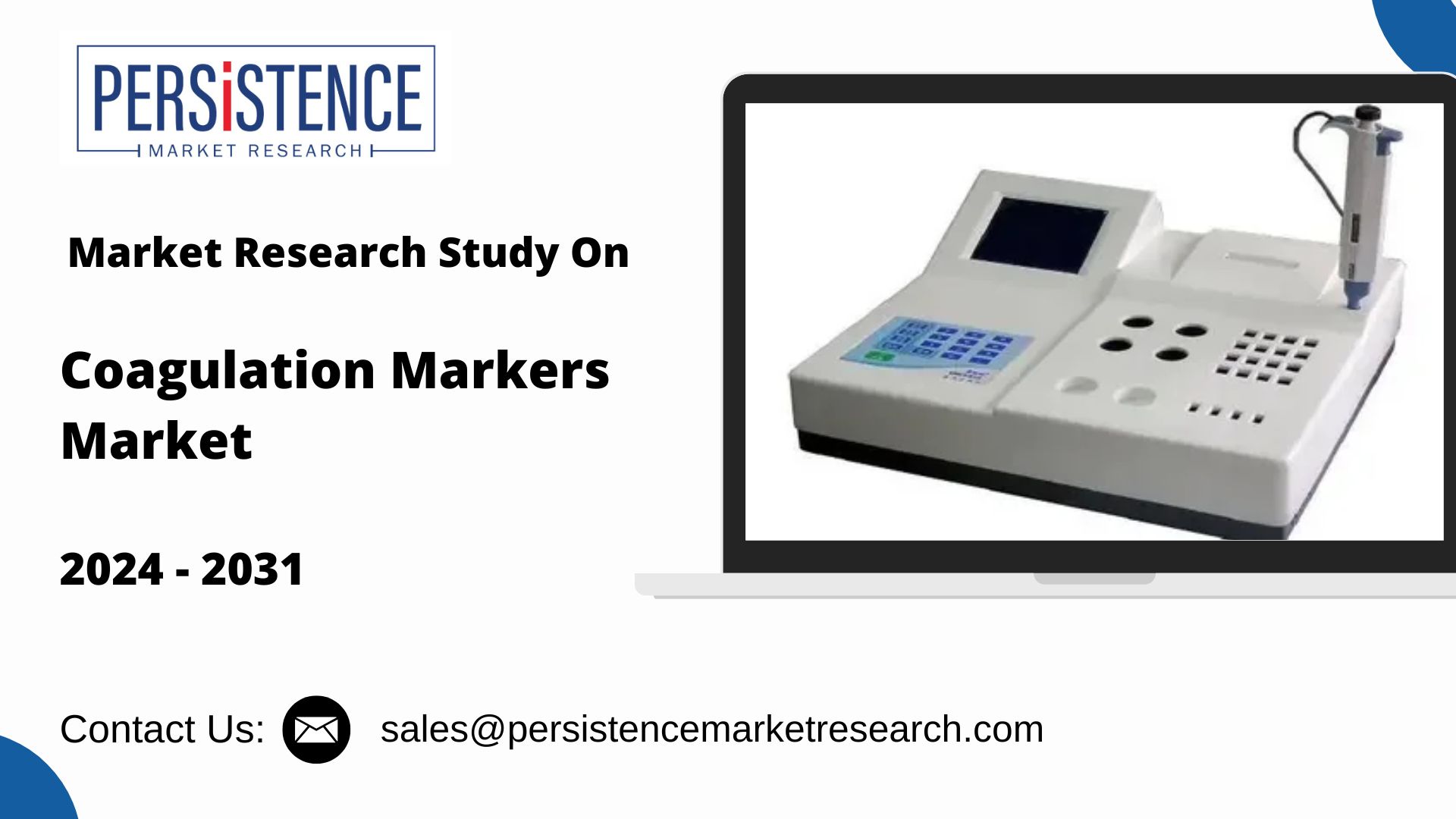Endoscopic Surgery Devices Transforming Minimally Invasive Procedures

Strong 8k brings an ultra-HD IPTV experience to your living room and your pocket.
Endoscopic surgery has transformed the landscape of modern healthcare, offering patients and healthcare providers alike the benefits of minimally invasive procedures. Over the last few decades, the rise of endoscopic technology has not only improved surgical outcomes but also revolutionized diagnostic practices across a broad range of medical specialties.
This article explores how endoscopic devices market are reshaping the medical field, their technological advancements, and the future prospects for these life-saving innovations.
Understanding Endoscopic Surgery
Endoscopic surgery involves the use of an endoscope, a flexible or rigid instrument equipped with a light source and a camera to view and treat internal organs without the need for large incisions. Unlike traditional open surgery, which requires large cuts to access the target area, endoscopic surgery allows surgeons to operate through small incisions, often no larger than a keyhole. These surgeries are also referred to as “minimally invasive” because they cause less trauma to the body, reducing recovery time, risk of infection, and postoperative pain.
Endoscopic surgery has found applications in many fields, including gastroenterology, pulmonology, urology, gynecology, and orthopedic surgery, among others. Some of the most common procedures include laparoscopy, colonoscopy, endoscopic sinus surgery, and arthroscopy.
Key Benefits of Endoscopic Surgery Devices
Reduced Trauma to the Body Traditional open surgery involves cutting through muscles, tissues, and organs, often leading to significant blood loss, lengthy recovery times, and increased risks of complications. In contrast, endoscopic surgery minimizes damage to the body’s tissues, requiring smaller incisions, which results in reduced trauma, less blood loss, and a faster recovery process.
Faster Recovery and Shorter Hospital Stays One of the most significant advantages of endoscopic surgery is the quicker recovery time. Patients who undergo endoscopic procedures typically experience shorter hospital stays and can resume normal activities within days rather than weeks. The smaller incisions leave minimal scarring and reduce the likelihood of post-surgical complications, which further contributes to a faster healing process.
Lower Risk of Infection Because endoscopic surgery requires smaller incisions, there is a significantly lower risk of infection compared to traditional open surgery. The reduced exposure of internal organs and tissues to external elements minimizes the chances of infections, which is particularly beneficial for patients with compromised immune systems.
Enhanced Visualization for Surgeons Endoscopic surgery devices come equipped with high-definition cameras and light sources, offering surgeons a detailed and clear view of the operative site. This improved visualization enhances the precision of the procedure, allowing for more accurate incisions, fewer complications, and better patient outcomes. Some modern endoscopic systems also offer 3D imaging and augmented reality features, providing even greater detail during surgeries.
Reduced Scarring The small incisions required for endoscopic surgery result in less visible scarring compared to the large cuts typical of open surgery. This is particularly important in cosmetic or elective surgeries, where aesthetic outcomes are a concern. For example, endoscopic facelifts have become increasingly popular for their ability to achieve effective results with minimal scarring.
Technological Advancements in Endoscopic Surgery Devices
The field of endoscopy has evolved significantly, with continuous innovations that are enhancing the precision, ease of use, and overall effectiveness of these devices. Some key technological advancements include:
High-Definition and 3D Imaging The development of high-definition (HD) and 3D imaging systems has significantly improved the quality of visualization in endoscopic surgeries. HD cameras offer a clearer, more detailed view of internal organs, allowing surgeons to identify even the smallest anomalies. 3D imaging further enhances the depth perception during surgeries, providing surgeons with a more accurate view of the surgical site.
Robotic-Assisted Endoscopic Surgery Robotic-assisted endoscopic surgery is an emerging trend that is revolutionizing minimally invasive procedures. Systems like the da Vinci Surgical System allow surgeons to perform complex procedures with enhanced precision using robotic arms controlled by a console. Robotic systems offer greater flexibility and dexterity, making it possible for surgeons to perform intricate tasks with greater control and accuracy. Robotic-assisted endoscopy is particularly beneficial in areas such as urology, gynecology, and cardiothoracic surgery.
Single-Use Endoscopes To address concerns around infection control, the development of single-use endoscopes has gained traction. These devices are intended for one-time use only and are disposed of after each procedure, eliminating the need for reprocessing and sterilization. Single-use endoscopes reduce the risk of cross-contamination between patients, which is especially important in outpatient settings and high-turnover medical environments.
Miniaturized Endoscopic Instruments The miniaturization of endoscopic devices has expanded the range of surgical applications. Smaller, more compact devices make it possible to perform surgeries in even more confined spaces, such as the sinuses or joints. The reduced size also makes it easier for surgeons to perform endoscopic procedures on pediatric and geriatric patients, whose anatomical structures may be more delicate or difficult to access.
Wireless and Disposable Technology Wireless endoscopic devices are becoming increasingly common, allowing for greater flexibility during procedures. These devices send real-time images and videos to external monitors without the need for cumbersome cables. Disposable endoscopes, which offer a cost-effective solution for short-term use, also help reduce the risk of infection and simplify the cleaning process.
Applications of Endoscopic Surgery Devices
Gastrointestinal Procedures Endoscopy has become a critical tool in the diagnosis and treatment of gastrointestinal diseases. Procedures such as laparoscopy and colonoscopy are routinely used to detect and treat conditions like gastroesophageal reflux disease (GERD), gallbladder stones, Crohn’s disease, ulcers, and colorectal cancer. Endoscopic surgery devices have greatly improved the accuracy of gastrointestinal diagnostics and treatment, enabling surgeons to remove polyps, biopsy tissue, or repair damage with minimal invasiveness.
Orthopedic Surgeries Arthroscopy, or joint endoscopy, is commonly used in orthopedic surgeries to diagnose and treat joint disorders. By inserting a small endoscope into the joint through tiny incisions, surgeons can view the joint’s internal structures and perform procedures such as ligament repair, cartilage restoration, and tendon surgery. The minimally invasive nature of arthroscopy allows patients to recover faster and experience less post-operative pain.
Urological Surgeries In urology, cystoscopy and ureteroscopy are widely used endoscopic procedures to examine the urinary tract and treat conditions such as kidney stones, bladder cancer, and urinary tract infections. Endoscopic surgery enables urologists to remove stones, perform biopsies, and carry out other therapeutic interventions without requiring large incisions.
Gynecological Procedures Endoscopic surgery devices are frequently used in gynecology to perform laparoscopic hysterectomy, endometriosis treatment, and tubal ligation. These minimally invasive procedures result in less pain, reduced risk of infection, and quicker recovery times, making them popular choices for women seeking reproductive health treatments.
Cardiothoracic Surgery In cardiology, endoscopic procedures are increasingly being used for minimally invasive heart surgeries, such as valve repair and coronary artery bypass surgery (CABG). These procedures reduce the need for large incisions, resulting in faster recovery times and less trauma to the heart and surrounding tissues.
The Future of Endoscopic Surgery Devices
As medical technology continues to evolve, the future of endoscopic surgery looks promising. Innovations in artificial intelligence (AI), machine learning, and robotics will continue to enhance the precision and capabilities of endoscopic devices. Additionally, the growing emphasis on personalized medicine and patient-centered care will drive the development of endoscopic systems that cater to the unique needs of individual patients, offering more tailored treatment options.
The ongoing push for affordable healthcare and the growing demand for outpatient procedures are also expected to drive the adoption of cost-effective and easy-to-use endoscopic devices. With the increasing availability of single-use and portable endoscopes, these devices will become more accessible to healthcare facilities, including those in rural and underserved regions.
Conclusion
Endoscopic surgery devices have revolutionized the way medical procedures are performed, offering a wealth of benefits to both patients and healthcare providers. With continued technological advancements, the future of endoscopic surgery holds immense promise, paving the way for more accurate, efficient, and minimally invasive treatments across a broad spectrum of medical specialties. As these devices continue to evolve, they will undoubtedly transform the healthcare industry, providing patients with safer, quicker, and more effective treatment options.
Note: IndiBlogHub features both user-submitted and editorial content. We do not verify third-party contributions. Read our Disclaimer and Privacy Policyfor details.







